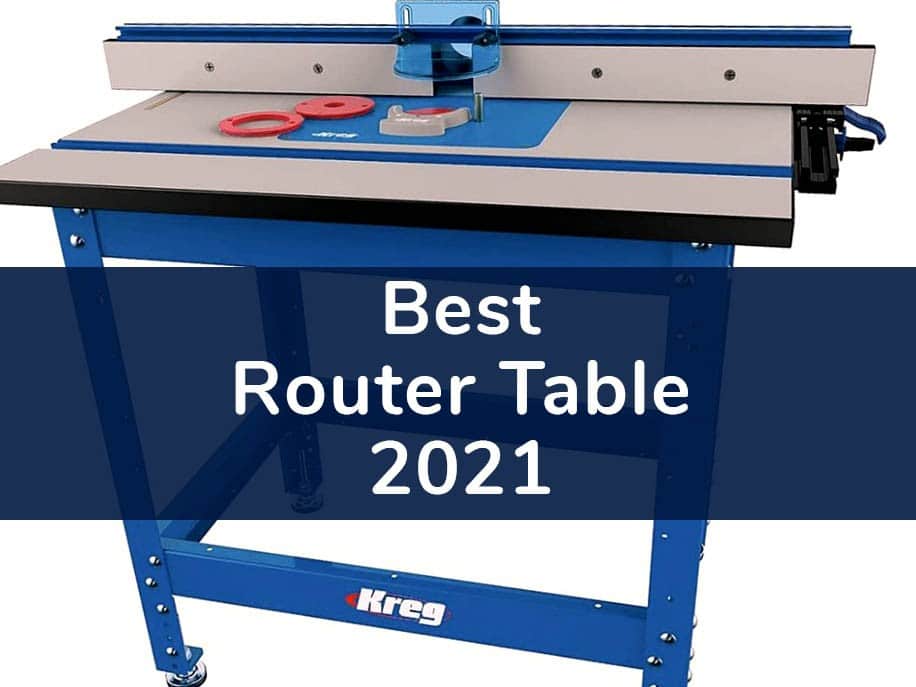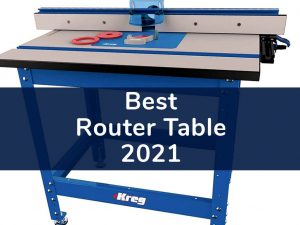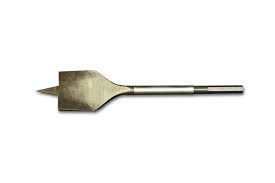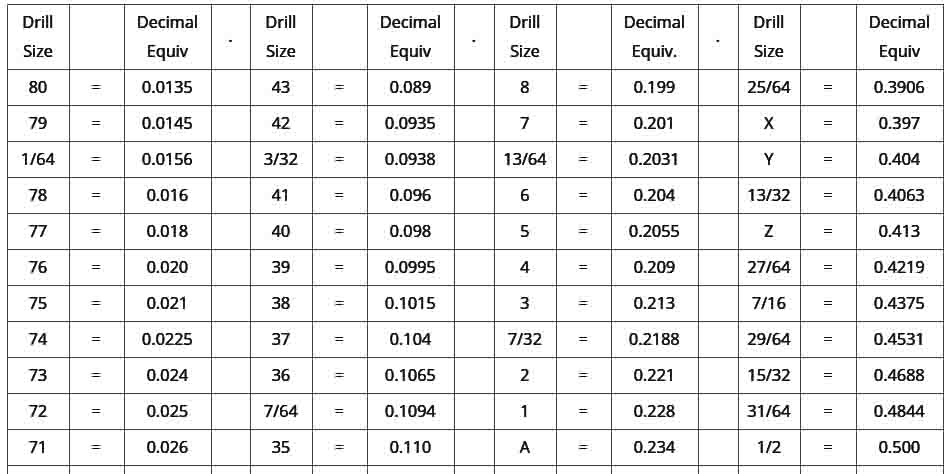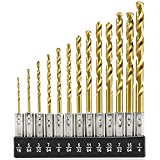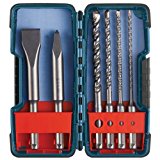A router table is a useful piece of equipment for woodworking at a garage or shop. Whether you are a professional carpenter or an enthusiast, the best professional router table will make the woodworking easier. It is essential to do some research before choosing the tool that really suits your needs. Where do you get started? Don’t worry, we got you covered!
Table of Contents
We’ll bring you a comprehensive list of the most advanced router tables 2021. By consulting several specialists and customer reviews, we’ve created highlighted features along with pros and cons, and the article will help to choose the the most suitable tool for you.
1.1 Best Professional Router Table: KREG Precision Router Table System
The KREG Table System is our top pick as the best professional router table. Its sturdy design and workspace make the tool perfect for larger wood pieces. You will not have to worry about any space limitation as it comes with a large user surface area.
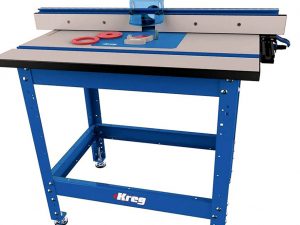
This router table is very versatile. Its system for height adjustment helps in routing with the most precision any level that is convenient for you.
One of the best features of this table is its combination of miter and aluminum T-Track. It enhances the flexibility of your work. Moreover, it comes with numerous safety features such as two feather boards to prevent any accidents.
This professional router table has an excellent build quality. With its stainless-steel material, it can endure much weight.
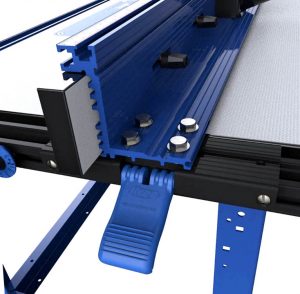
The tool can collect large amounts of dust and makes cleaning the machine easier. Moreover, this feature also helps to keep your equipment clean and prolong its life.
The table is compatible with most wood routers and comes as a complete set. It includes a router table, steel legs with lockable casters, and a tabletop.
Another amazing feature of this best professional router table is its portability. You can move this router table around effortlessly. In this way, you can avoid carrying heavy wood to the router table each time.
If you are looking for efficient performance, precision, and stability, this router table is for you.
Pros
- Sturdy surface
- Portable
- Adjustable height
- Dust Port
Cons
- Expensive, like any professional equipment
- Fence could be better
1.2 Best Router Table Combo: Bosch Router and Table Combo
If you are looking to buy both an efficient router and a router table, this is the best router – table combo.
Bosch router comes with a powerful 2.3 horsepower motor and a trigger control system in its handle. It offers better control, you can adjust the speed as you desire with a dial between 10,000 and 25,000 RPM.
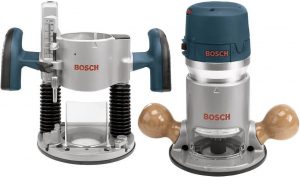
The router table in this combo is known to be one of the best ones available in the market. It comes with a router guide, pivot plate, attachment hardware, and many other components.
The table also comes with fine adjustments and is compatible with many routers. The Bosch router is, however, the most advanced router with above table adjustment. The Bosch router comes with threaded holes to to mount this fixed-based machine on to the Bosch router table quick and easy.
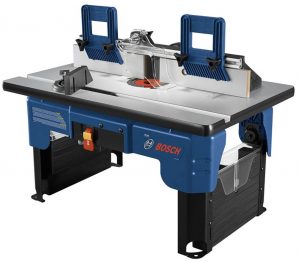
The router guide that comes with this router and table combo makes an excellent addition. It adds more versatility to the router.
You can also convert this router guide into a circular guide. It allows you to make precise arcs and circles of about 32 inches into your woodwork.
Pros
- Stable and sturdy
- Efficient router
- Adjustable
- Best compatibility
Cons
- Expensive
- Plastic legs
1.4 Best Inexpensive Router Table: Dremel 231 Portable Rotary Tool Sharpener and Router Table
If you are looking for a router table within a lower budget, this is the best inexpensive router table. It is multi-functional and is best for most craftsmen.
Its tabletop provides adequate surface area for your woodwork, taking into account device’s portability. It is also pretty easy to set it up and take it down. Moreover, this tool is lightweight and you can carry it around effortlessly. It is also compact, does not take up much space and is easy to store when you are not using it.
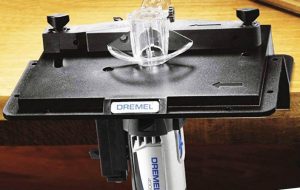
The Dremel router table also comes with one adjustable fence. Its predrilled holes establish secure connection to any surface that you prefer.
This tool is also very durable and you can also use it to cut wood (see also our related article best Dremel bit for cutting wood), but the small power of the power tool allows to use it only for light woodwork: small cuts, making grooves or slots and sanding items.
You can, nevertheless, accomplish efficient woodwork with this router table. It is one of the top inexpensive router table for light and precision work.
The disadvantage is that the router is compatible with corded and cordless Dremel routers and there is no guarantee that other tools will work with it.
Pros
- Value for money
- Good for precise work
- Adjustable fence
- Portable
Cons
- Not very compatible
- No Dust Ports
Conclusion
A router table enhances the efficiency and safety of your woodwork. The choice of a specific device depends on what tasks you set. Professionals typically require maximum performance, precision and reliability, which is why the renowned Bosch quality is the best fit. For amateurs and craftsmen who work on the road, compact versions are well suited. Go ahead and pick the one that suits your needs and preferences the best!
